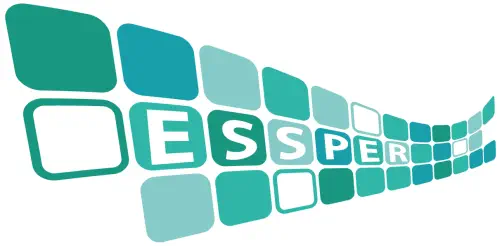Associazione ESSPER
periodici italiani di economia, scienze sociali e storia
periodici italiani di economia, scienze sociali e storia

Economia politica - 2024
Risultato della ricerca: (35 titoli )
| Analyzing the causality between revenues and expenditures in Spanish municipalities and its policy implications |
Economia politica - 2024
| Does technology transfer increase local cognitive proximity between university and industry? The case of Italy |
Economia politica - 2024
| The gender bias in regional councilors’ reelection in Italy |
Economia politica - 2024
| How do agricultural subsidies affect farmers’ non-grain cultivated land production? Evidence from the fourth rural Chinese households panel data survey |
Economia politica - 2024
| Market power, social welfare, and efficiency in the Peruvian microfinance |
Economia politica - 2024
| “Migrants know better”: migrants’ networks and FDI |
Economia politica - 2024
| Political economy revisited: structures and objectives at the systemic level |
Economia politica - 2024
| Three approaches to institutions in economic analysis: Polanyi, North and the surplus approach’s third way |
Economia politica - 2024
| Unveiling the Real Madrid effect: the impact of football-related acrimony on elections |
Economia politica - 2024
| What’s behind increasing wage inequality? Explaining the Italian case using RIF-OLS |
Economia politica - 2024
| Asymmetric effects of macro policies on women’s and men’s incomes. An empirical investigation of the eurozone crisis in a gender perspective |
Economia politica - 2024
| Distribution, capital intensity and public debt-to-GDP ratio: an input output—stock flow consistent model |
Economia politica - 2024
| Government spending, multipliers, and public debt sustainability: an empirical assessment for OECD countries |
Economia politica - 2024
| The impact of shocks and policies on debt-to-GDP ratio dynamics: a multisectoral approach |
Economia politica - 2024
| Is government debt a burden on workers' income share? An investigation on Italian dynamics |
Economia politica - 2024
| Monetary-fiscal policies design and financial shocks in currency unions |
Economia politica - 2024
| A non-linear model of public debt with bonds and money finance |
Economia politica - 2024
| Okun vs. Verdoorn: distinguishing between cyclical and structural effects of output on productivity |
Economia politica - 2024
| Primary surplus dynamics and fiscal sustainability in sub-saharan African countries |
Economia politica - 2024
| Revitalising smallholder agriculture: the impact of technical training in rural Lebanon |
Economia politica - 2024
| The rise of common public debt in Europe: a new chapter in fiscal integration? |
Economia politica - 2024
| Stabilising market expectations through a market tool: a proposal for an enhanced TPI |
Economia politica - 2024
| Threats of sovereign debt overhang in the EU, the new fiscal rules and the perils of policy drift |
Economia politica - 2024
| Control freaks or good parents? Entrepreneurial motivation and firms’ innovative performance |
Economia politica - 2024
| Dangerous liaisons across levels of government in an emergency |
Economia politica - 2024
| Education, educational mismatch and occupational status: an analysis using PIAAC data |
Economia politica - 2024
| Education-Job mismatch, earnings and worker’s satisfaction in African labor market: evidence from Cameroon |
Economia politica - 2024
| Emission trading in a high dimensional context: to what extent are carbon markets integrated with the broader system? |
Economia politica - 2024
| Explaining the decision to vote: non-nested and nested tests of three competing theories |
Economia politica - 2024
| How well do couples know their partners’ preferences? Experimental evidence from joint recreation |
Economia politica - 2024
| Induced innovation, the distributive cycle, and the changing pattern of labour productivity cyclicality: an SVAR analysis for the US economy |
Economia politica - 2024
| Master’s degree studies and its impact on vertical and horizontal mismatch in Spain |
Economia politica - 2024
| Policy insights for wind energy from a choice experiment stated preference efficient design in Apulia region (Italy) |
Economia politica - 2024
| Political economy of immigration policy: direct versus indirect political influence |
Economia politica - 2024
| The role of tourism in reducing economic inequalities: the case of Italy |
Economia politica - 2024
